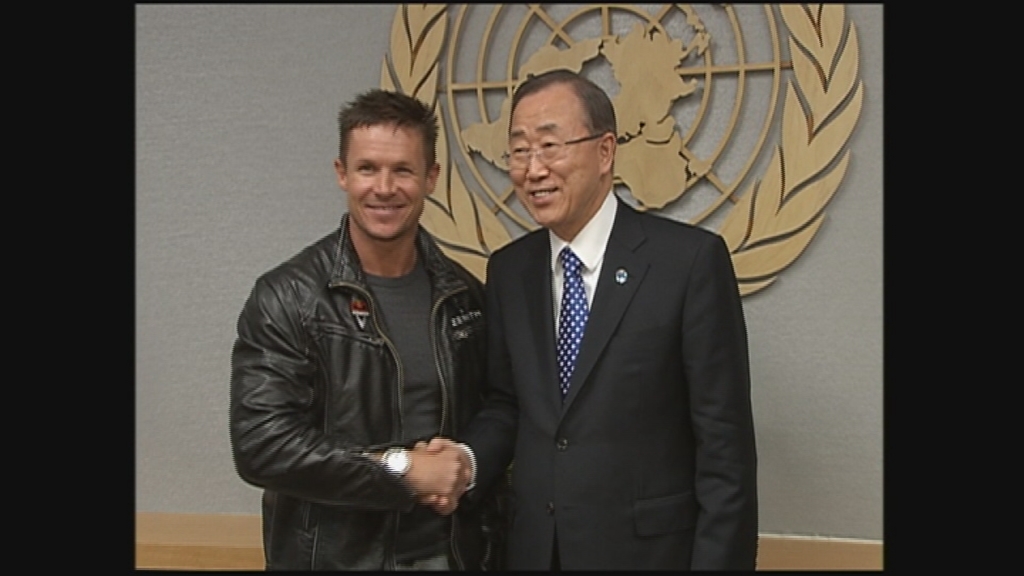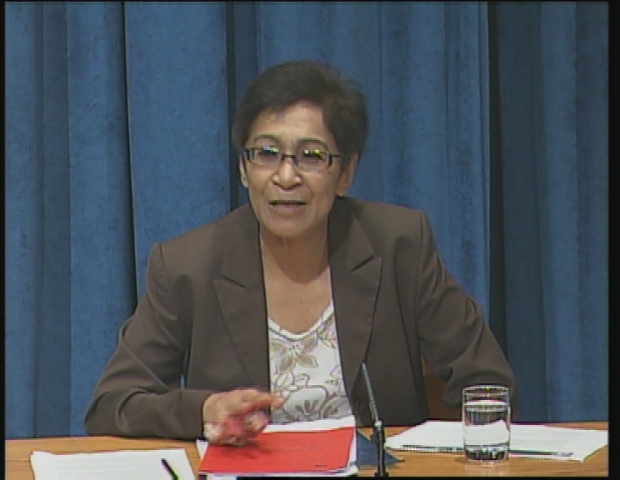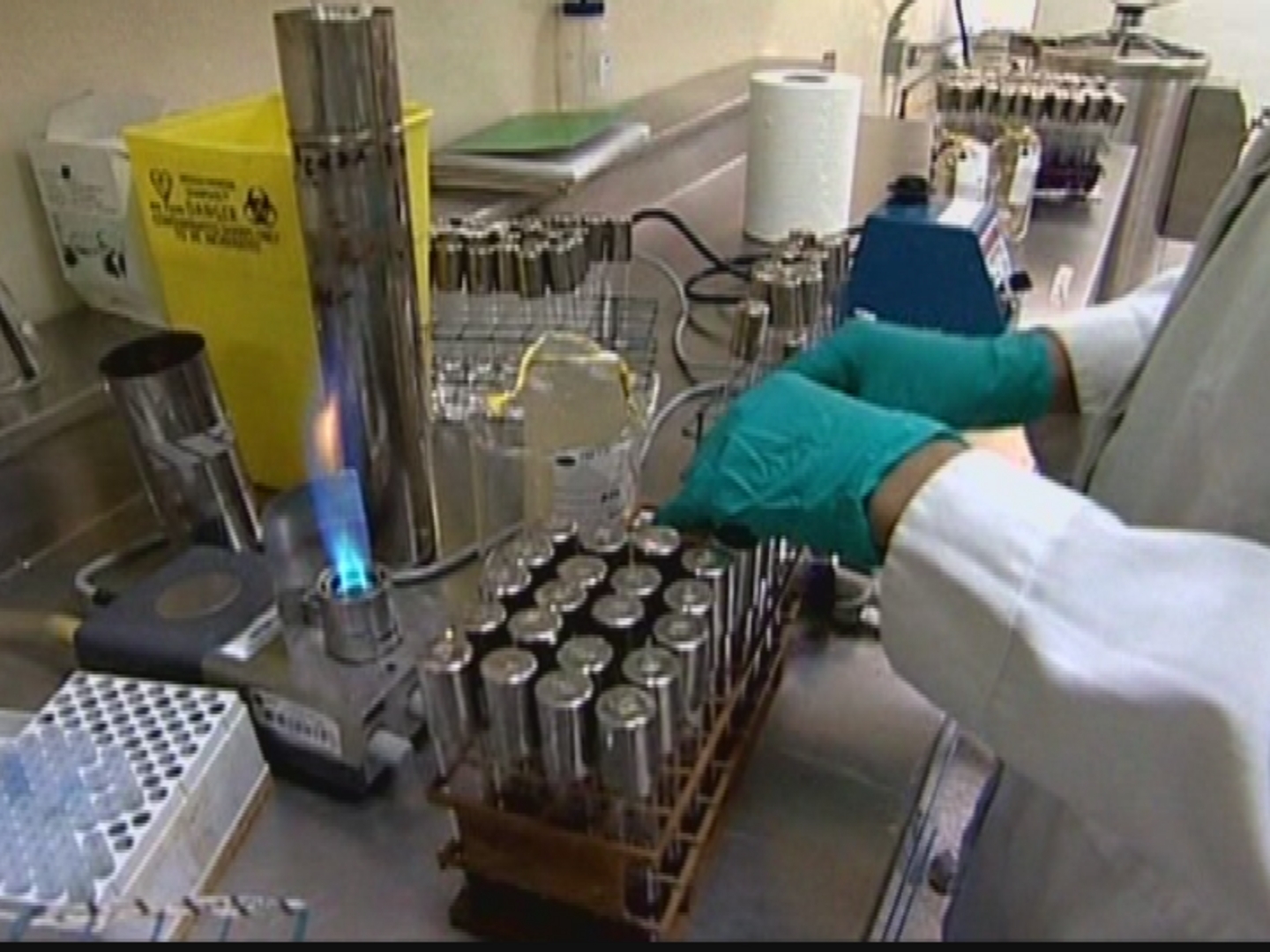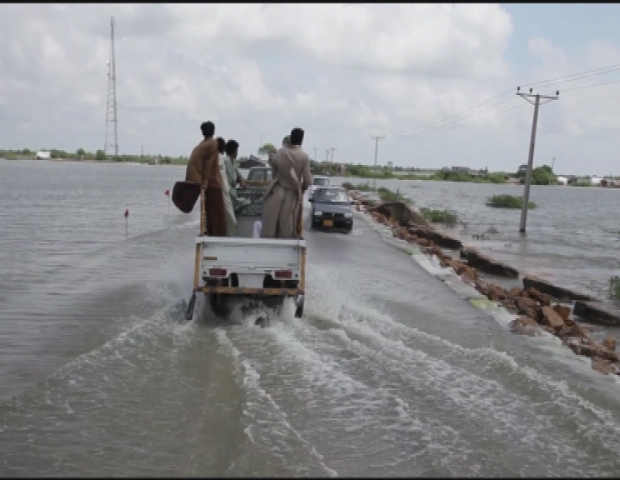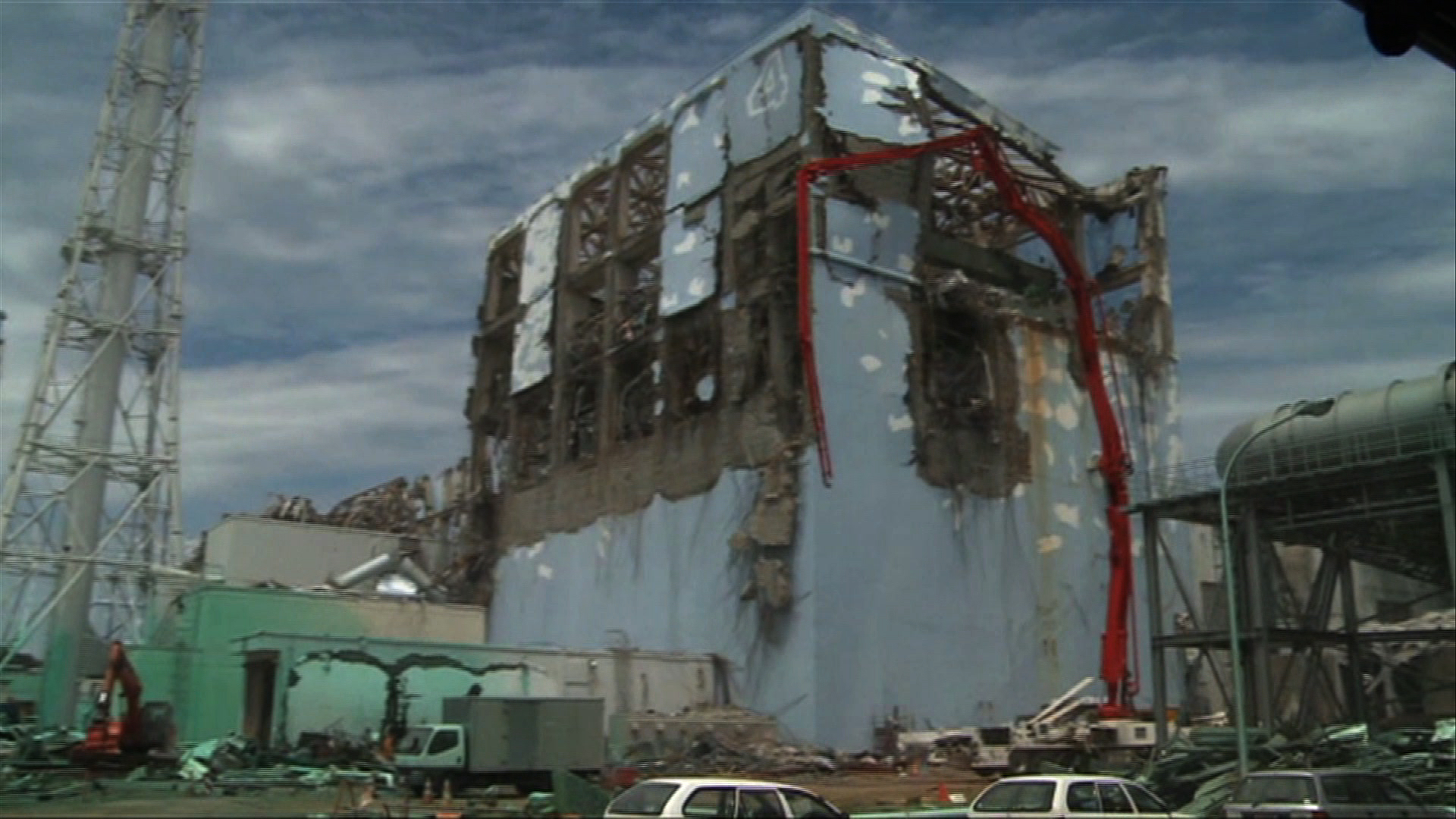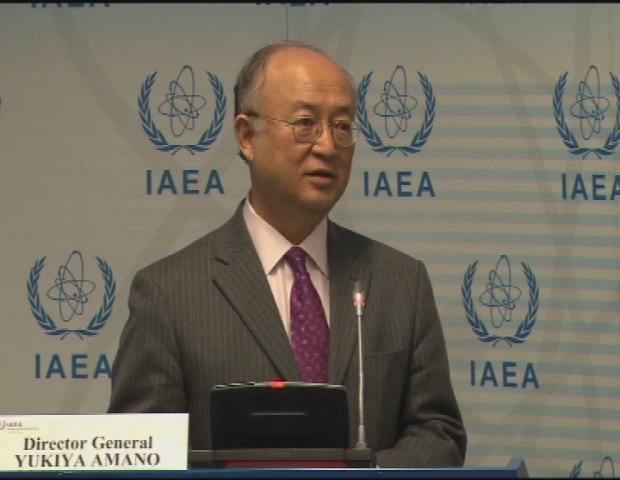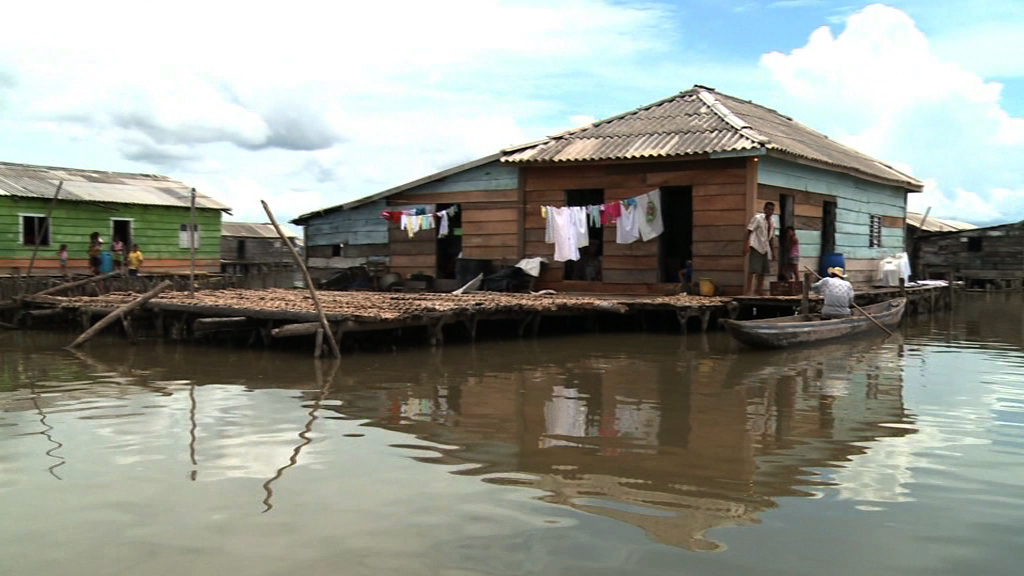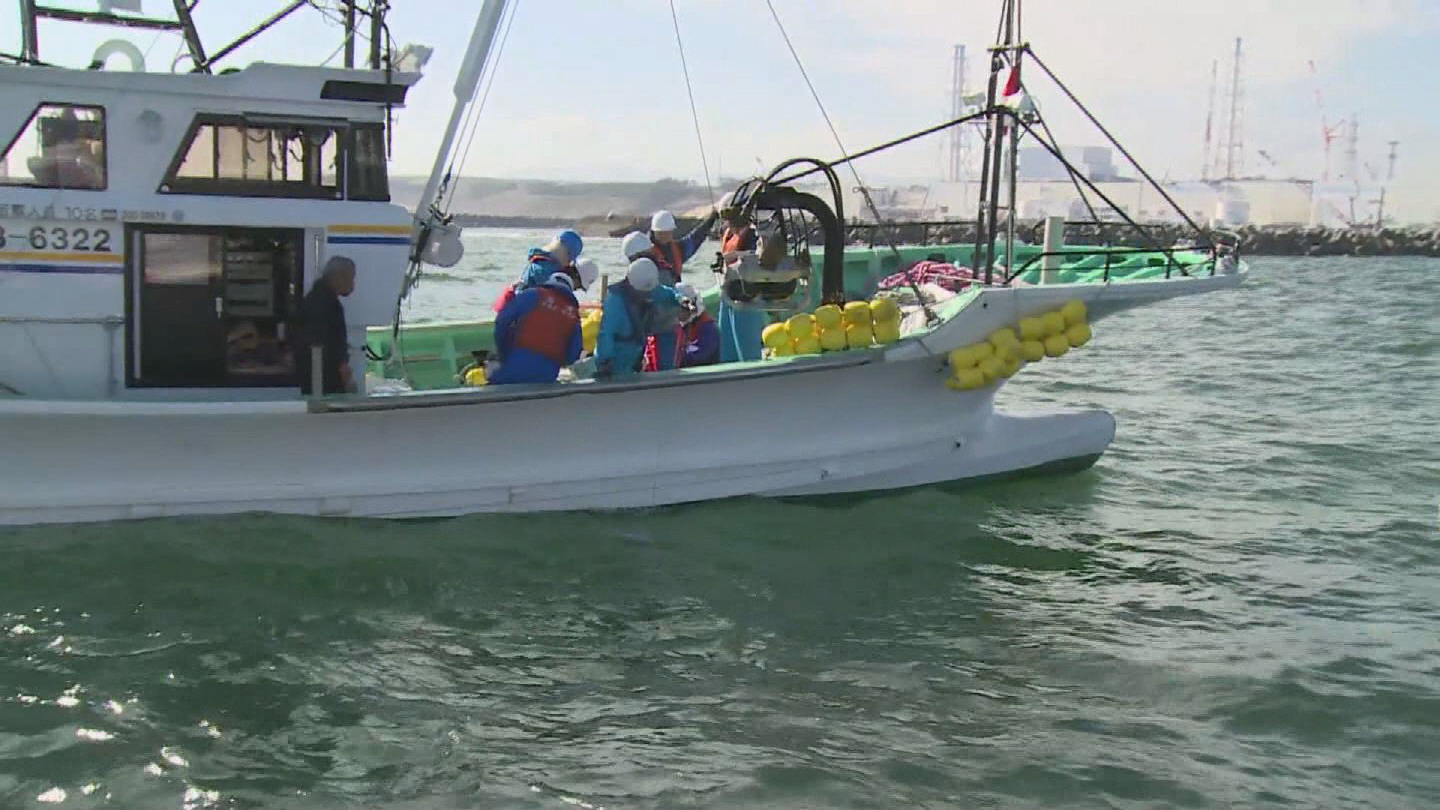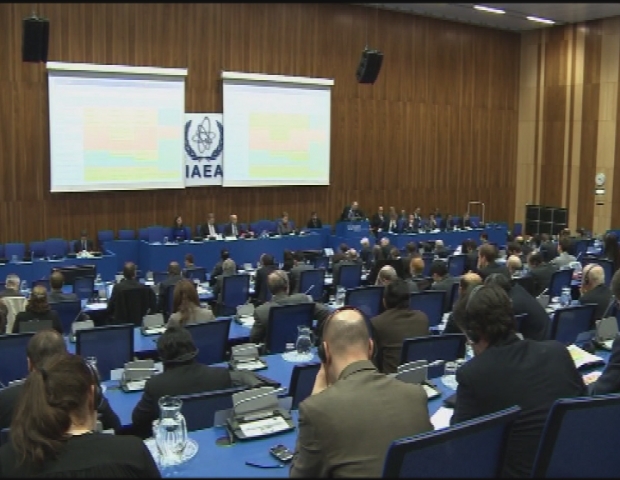GENEVA / JAPAN EMERGENCY RESPONSE MECHANISM
Download
There is no media available to download.
Share
STORY: GENEVA / WMO JAPAN EMERGENCY RESPONSE
TRT: 2:04
SOURCE: UNTV
RESTRICTIONS: NONE
LANGUAGES: ENGLISH / FRENCH / NATS
DATELINE: 15 MARCH 2011, GENEVA, SWITZERLAND / RECENT
RECENT - GENEVA, SWITZERLAND
1. Wide shot, exterior UN Geneva headquarters
15 MARCH 2011, GENEVA, SWITZERLAND
2. SOUNDBITE (English) Michel Jarraud, Secretary-General, World Meteorological organization:
“It is very important to know where the nuclear particles will go and WMO is coordinating a system of regional specialized centres which provide to all the relevant authorities, information on the trajectories, but also on where the particles may be washed down by precipitation so this system may be operating extremely well.”
RECENT - GENEVA, SWITZERLAND
3. Wide shot, exterior UN Geneva headquarters
15 MARCH 2011, GENEVA, SWITZERLAND
4. SOUNDBITE (English) Michel Jarraud, Secretary-General, World Meteorological organization:
“Depending on where the winds are blowing, it may affect dispersion of the cloud and what is also an important factor is when you have precipitation, several of these factors are washed down to the soil, and they can contaminate the soil, and a number of lessons were learned from the Chernobyl accident and now WMO has put into place global systems, where every place on the planet is covered by some of these regional specialized centres and they are operational 24-hours a day, 365 days a year. They can be activated directly by a request from the IAEA so I think the infrastructure has proved to very effective.”
RECENT - GENEVA, SWITZERLAND
5. Wide shot, exterior UN Geneva headquarters
15 MARCH 2011, GENEVA, SWITZERLAND
6. SOUNDBITE (English) Michel Jarraud, Secretary-General, World Meteorological organization:
“For Chernobyl, there was an explosion that sent the particles very high in the atmosphere and those particles remained for a long time and covered a vast zone. For the moment, the available information indicates the release of particles in the lower atmosphere. The context is different and each case is different and the meteorological situation is constantly changing so that's why it's important to maintain a round-the clock operational link between these centres and the decision-making zones.”
RECENT - GENEVA, SWITZERLAND
7. Wide shot, exterior UN Geneva headquarters
The World Meteorological Organization (WMO) has activated its Environmental Emergency Response Mechanism in the aftermath of the earthquake in Japan.
The system of regional specialized centres is monitoring the radio-active particles leaked from the damaged Japanese nuclear reactor and providing round-the clock information to the International Atomic Energy Agency (IAEA) and weather and hydrological services in the region.
At an interview in Geneva today (15 Mar) WMO Secretary-General Michel Jarraud said the centres provide information on the trajectory of the radio-active particles and on where they may be washed down by rain.
They are responsible for developing predictions of the trajectories and spreading of contaminants following environmental accidents with cross-border implications.
One centre is in Japan, in the disaster zone itself, while the other operations in that region are in China and Russia.
Regional Specialized Meteorological Centres in other regions were also activated.
Jarraud said that wind patterns could affect the dispersion of the clouds and rainfall patterns that could contaminate the soil.
Asked about the possibility of the radiation spreading as it did following the Chernobyl nuclear disaster 25 years ago, Jarraud said the Chernobyl explosion sent the radioactive particles high into atmosphere, where they remained a long time and covered a vast zone.
He added that available information from Japan indicated that, for the time being, the particles were in the lower atmosphere.
Jarraud said with the constantly changing weather patterns, the 24-hour operational link between the monitoring centres and decision-makers was crucial adding that UN agencies were working together on the emergency.
He mentioned coordination between WMO and the International Civil Aviation Organization (ICAO) to prevent flights flying into the danger zone as an example of that collaboration.
